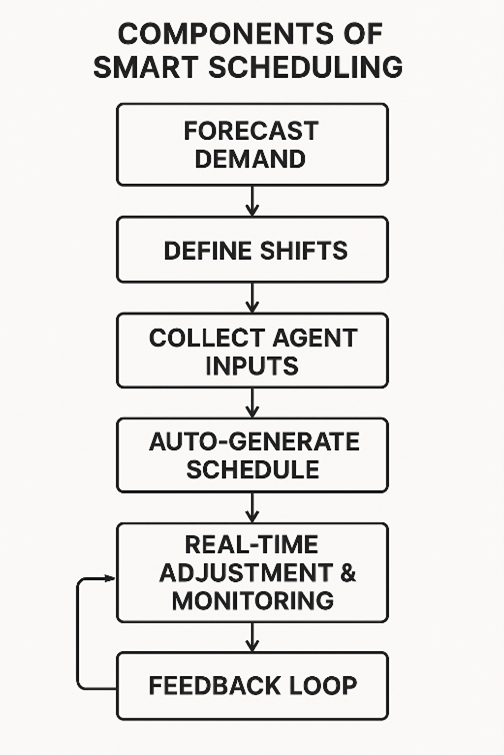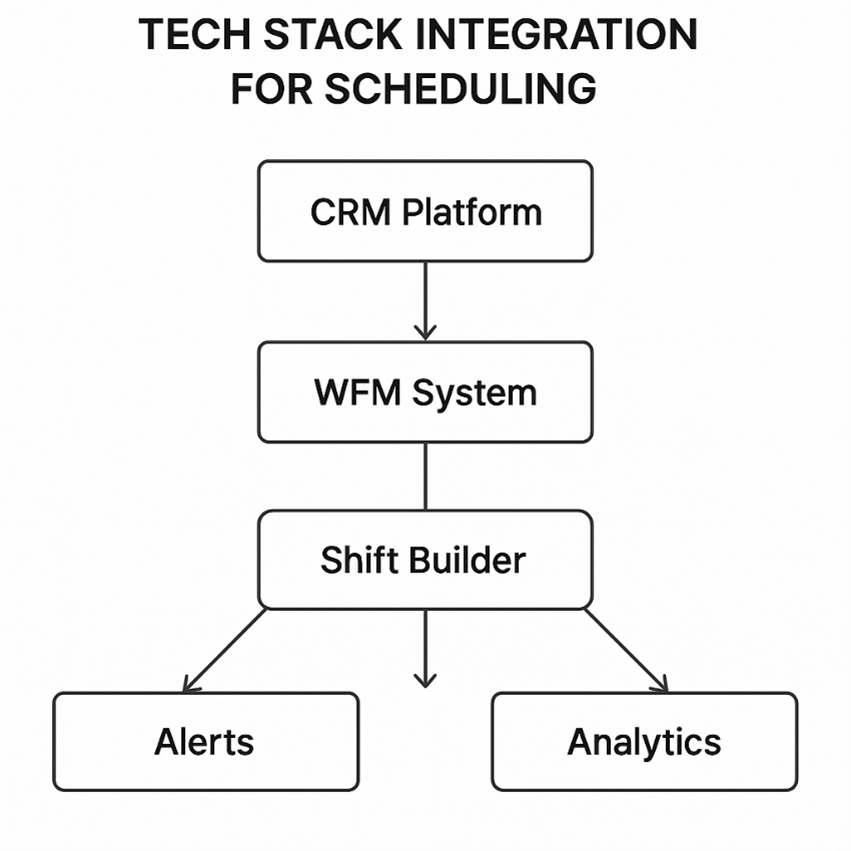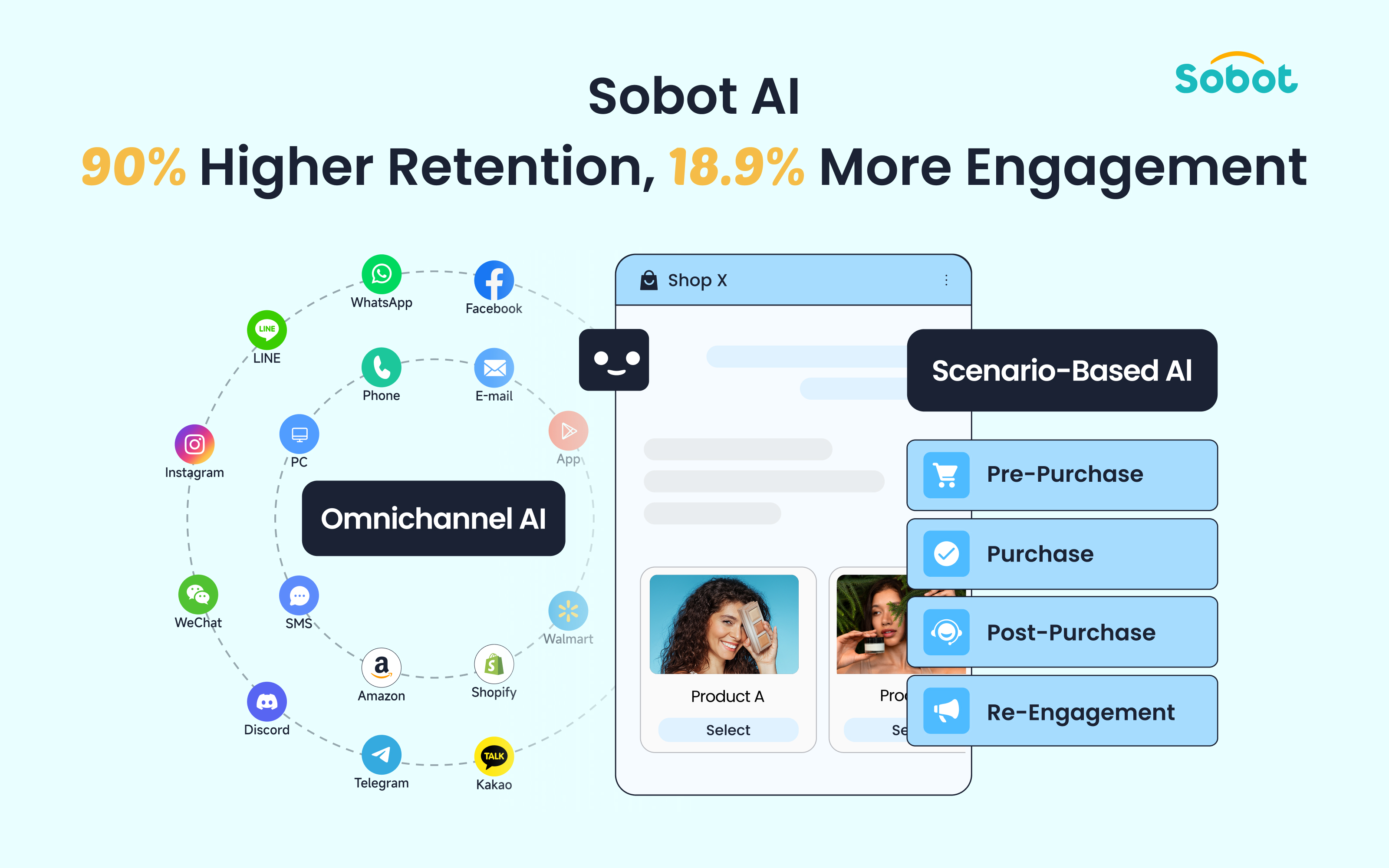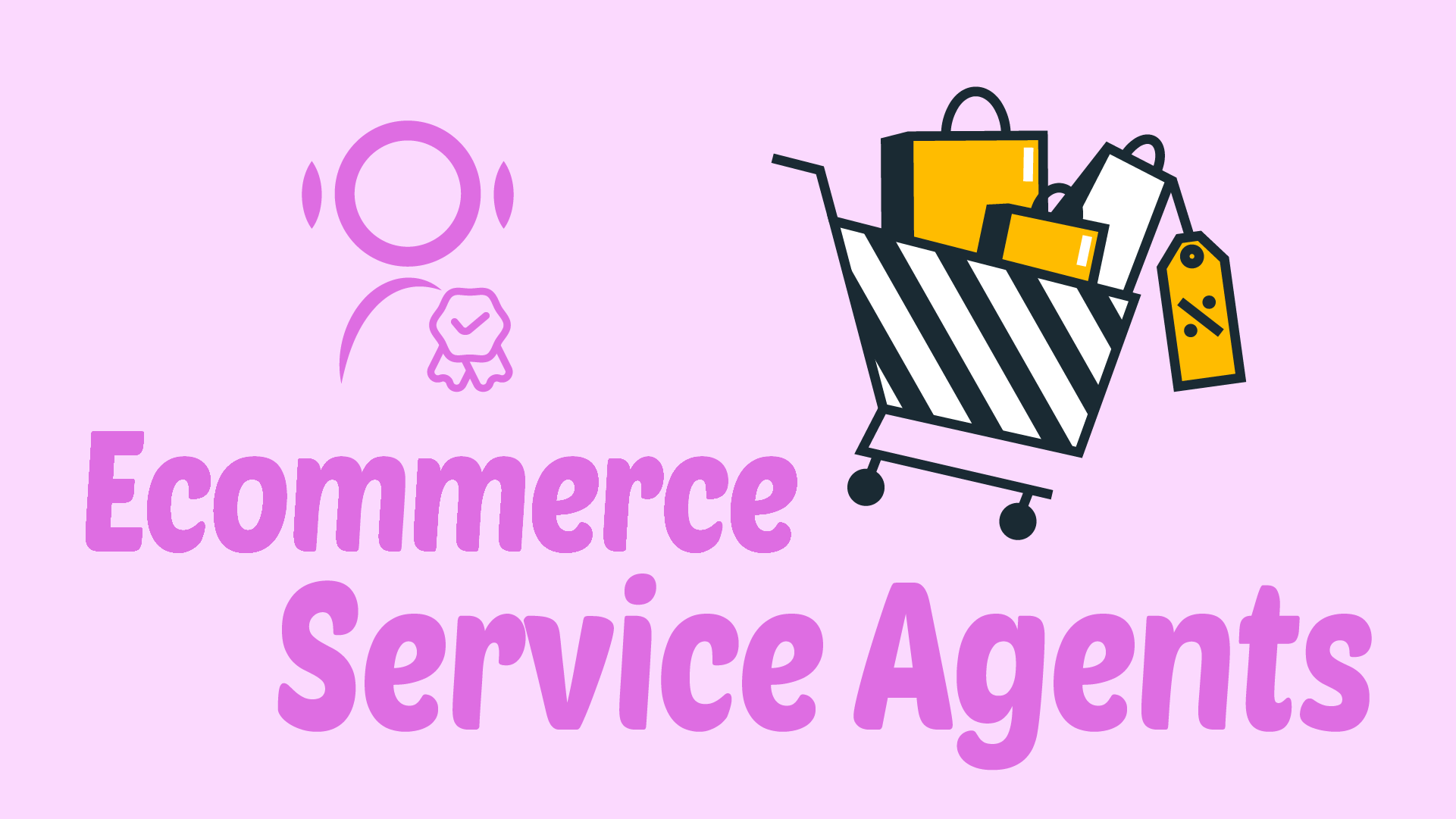Introduction
In the current fast-paced world of customer service, efficiency is no longer a choice but it’s a requirement. Companies are moving into a realm where 24/7 service is becoming standard across both digital and voice platforms; agent scheduling has emerged as a key process to enable companies to provide consistent service to their customers, but poor scheduling can result in long wait times, frustrated agents, and dissatisfied customers. This article looks at the plethora of agent scheduling: what is agent scheduling? Why is it important? How can we plan it properly in 2025? And how new tech like it is changing the agent scheduling landscape.
What Is Agent Scheduling in Customer Service?
Agent scheduling is the planning, organizing, and managing of the work schedule for customer service representatives, providing timely and consistent customer support. This process includes determining how many agents are required during different times of the day, systematically allocating agents to specific tasks or channels (such as call, chat, email, and social media) based on their schedules and the current demand. A good schedule is well-designed to not only account for forecasted demand but to also take into consideration the employee’s availability, skills, requests for time off, and preferences. The overarching goals of agent scheduling are to ensure customers are helped quickly, wait times are reduced, and service levels are met or exceeded, while minimizing agent burnout, reducing idle time and increasing job satisfaction— which means it is absolutely relevant for today’s support team.
Proper scheduling ensures:
- SLA (Service Level Agreement) adherence
- Reduced customer wait time
- Higher agent engagement and lower churn
Why Agent Scheduling Matters in 2025
1. Omnichannel & 24/7 Expectations
With service now being expected through email, chat, social media, and phone, brands require 24×7, cross-channel support. To serve these demands, scheduling needs to make agents continually available across all channels and time zones without sacrificing response quality.
2. Remote & Hybrid Work
Flexibility is a must. Remote agents might work varying hours, needing flexible schedules. Smart scheduling software assists in supporting varied time zones, part-time work, and varied availability without affecting service consistency.
3. Variable Demand
Surges in holidays, product rollouts, or outages require flexible shift management. Predictive analytics and real-time schedule adjustments enable teams to scale up or scale down agent headcount without affecting agents.
4. Cost vs Satisfaction
Optimal scheduling balances between the right level of staffing and maximum employee satisfaction, overstaffing runs up the bills, but understaffing burns out the staff—dynamic scheduling tries to hit the sweet spot for both business success and staff health.
Common Agent Scheduling Challenges
| Problem | Description |
| Understaffing | Leads to burnout, long queues, and SLA breaches. |
| Overstaffing | Wasted resources and inflated labor costs. |
| Rigid Shifts | Fail to accommodate agent preferences or real-time changes. |
| Last-minute Absenteeism | Results in unfilled gaps and poor coverage. |
| Skill-based Routing | Matching agents to specific queries adds complexity to schedule planning. |
Key Elements of an Effective Scheduling Strategy
Forecasting with AI: Forecast call volumes and staffing requirements based on past trends and special occurrences. AI models can forecast spikes due to holidays, promotions, or system downtime, allowing staffing adjustments ahead of time.
Shift Variants:
- Fixed Shifts: Same hours every day; ideal for predictability but lacks flexibility.
These are simple to manage and ensure consistent coverage but may not adapt well to fluctuating demand or individual agent needs. - Rotating Shifts: Agents cycle through different time slots; useful for 24/7 coverage but may cause fatigue. While it spreads workload evenly across the team, it can disrupt work-life balance if not managed carefully.
- Split Shifts: Breaks the workday into two parts; supports peak-time coverage but may affect agent morale. Best suited for businesses with sharp demand spikes, but it can be challenging for agents to plan their personal time.
- On-call Shifts: Agents remain available if needed; cost-effective for uncertain demand but harder to plan personal time. This model works well for managing unpredictable volumes but may cause frustration if overused or poorly communicated.
Agent-Centric Planning: Take agent preferences, time-off requests, and well-being into consideration. This agent-focused approach increases satisfaction, reduces attrition, and leads to better schedule adherence. Having agents participate in planning also encourages a sense of ownership and accountability.
Contingency Buffers: Always account for emergencies, absenteeism, and overruns. The addition of a buffer of flexible agents or floaters has the least amount of disruption to customer service levels. These buffers work like a safety net to ensure performance in the event of sudden changes.
WFM Integration: CRM, HR software, and real-time call center data are pushed back into scheduling tools. Integration enables dynamic tweaking, accurate forecasting, and a single source of truth for planners. This supports data-driven decisions to maximize customer experience as well as workforce management.

Manual vs Automated Scheduling: Pros & Cons
| Feature | Manual Scheduling | Automated Scheduling |
| Setup Effort | Time-consuming and labor-intensive | Quick and efficient to configure |
| Accuracy | Prone to human error | Data-driven and more reliable |
| Flexibility | Limited | Highly adaptable to real-time needs |
| Initial Cost | Low | Higher setup cost but saves money long-term |
| Scalability | Poor for growing teams | Excellent for large and complex operations |
| Real-Time Updates | Requires manual changes | Instant updates with live dashboards |
Manual Still Works When:
- Team size is small
- Schedule changes are infrequent
Automation Becomes Essential When:
- Operating 24/7
- Managing hybrid/remote teams
- Scaling rapidly
Benefits of Smart Agent Scheduling
- Higher Agent Morale: Transparent, fair schedules decrease stress and increase productivity. When agents are heard and their preferences respected, it results in greater job satisfaction and reduced attrition.
- Improved Peak Coverage: AI-driven predictions guarantee coverage where and when required, by predicting high-demand seasons, managers can allocate resources better and avoid service gaps.
- Increased CSAT & NPS: Wait times reduce, and customers feel valued. With faster responses and tailored support enhance overall customer satisfaction, which translates into greater brand loyalty.
- Operational Efficiency: Smart shift scheduling = cost savings. Improved staffing optimizes efficiency, eliminating idle time and reducing overtime costs without sacrificing service quality.
Tools and Technologies That Help
Modern workforce management platforms offer:
- Drag-and-drop shift builder
- AI-powered demand forecasts
- Agent availability matrix
- Real-time alerts and updates
- Integration with HRMS and CRM systems

Key Steps for Agent Scheduling in 2025
1. Communicate Transparently
Keep agents informed of shift updates, changes, and the reasons behind them. Clear communication builds trust and reduces confusion or resistance to new schedules.
2. Collect Feedback Regularly
Let agents share their shift preferences, availability, and concerns. Their input helps create fairer schedules and boosts engagement, leading to better performance and lower turnover.
3. Track and Refine Weekly
Use metrics like attendance, wait times, and SLA compliance to evaluate schedule effectiveness. Regular reviews allow you to make quick improvements and avoid recurring issues.
4. Align with Customer Journey
Schedule your most skilled or experienced agents during high-impact moments, like onboarding or complaint resolution. This ensures quality support when it matters most.
5. Train Managers
Equip scheduling managers with modern tools, data insights, and best practices. Proper training leads to smarter, more agent-friendly planning that supports business goals.
Conclusion
In 2025, agent scheduling will go beyond merely putting together shifts, it will be about enabling the customer experience and supporting agents. With rising service expectations, changing landscapes of agent work patterns, and technology continuing to advance, companies have to step up to better serve customers on this journey.
The use of intelligent tools, and consideration for agent well-being as part of their scheduling process, will enable companies to ultimately boost operational efficiency and customer satisfaction. The future of customer service starts with a well-thought-out schedule, ideally!





